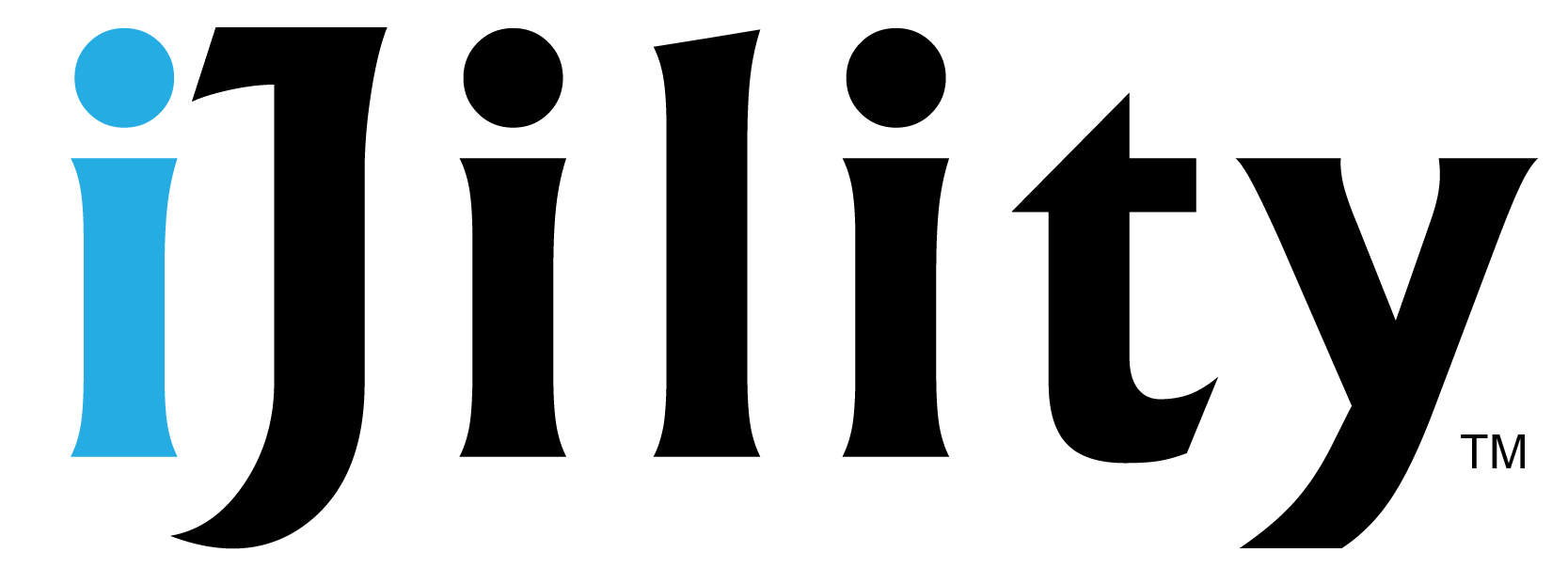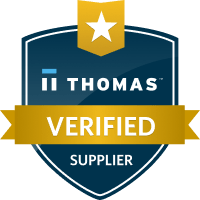
Labor is one of the leading costs of production. As such, companies are always exploring ways of saving on labor costs. Reduced labor costs often translate to bigger profit margins. However, labor cost reduction is a balancing act.
Labor costs can be direct or indirect. Direct labor costs are expenses that go into compensating employees responsible for the day-to-day production of goods and services, like company-paid medical expenses, payroll taxes, insurance, wages, and benefits. Indirect or overhead expenses go to support labor, such as maintenance and cleaning personnel.
Many companies are shifting to automation increasingly. This is because automation has often proven the simplest way to lower direct labor costs. Automation is ideal for tasks that are low-skill, manual, or repetitive.
Popular automation solutions include software, machines, or robots to handle inventory management, packaging, and maintenance. In addition to reducing freeing workers for more creative or hands-on tasks, automation can increase productivity and reduce human errors.
Automation does, however, require initial investment through acquisition, workforce training, and maintenance. Evaluating the long-term costs and benefits of automation is key.
Another option for reducing direct labor costs is to cross-train and multi-skill workers. Cross-training and multi-skilling teach employees to perform jobs they didn’t initially qualify for, such as how to handle different products and operate different machines.
Cross-training and multi-skilling also optimize workforce utilization, increasing flexibility, reducing idle time, and enhancing employee engagement. They do, however, require investment. That’s why forward-looking companies hire employees with various experiences and abilities, reducing the cost of such things as training.
Companies can also resort to lean production methods, improving efficiency and reducing waste. Lean production methods, such as 5S or Kaizen, can help reduce not just labor costs but materials, time, and space needed to produce goods and services.
The 5S System stands for Sorting (eliminating that which is not needed), Setting the remaining parts in order, creating a workspace that Shines, Standardizing operations and items, and Sustaining the strategy. Kaizen focuses on incremental improvements in the production process. Lean production approaches do, however, require a change in culture and commitment, which may take time to achieve.
Another way to lower direct labor costs is to outsource non-core activities – roles that have minimal impact on production, fulfillment, or value proposition. Outsourcing can reduce labor costs by reducing the number of permanent hires who come with extra costs, such as paid leave. It can also broaden access to specialized skills, all without a company having to hire and retain workers.
However, outsourcing labor has its own share of risks and challenges. Outsourcing labor makes it hard to keep up with quality control. This exposes a company to reputation damage, not to mention legal problems. As such, choosing the right outsourcing partners and vendors whose values align with company standards is key.
Some companies resort to offering flexible work arrangements as a way to reduce direct labor costs. Flexible work arrangements can take the form of compressed workweek, job sharing, working from home, etc.
Such arrangements reduce overhead costs, employee turnover, and absenteeism. They also boost productivity, loyalty, and employee satisfaction. They do, however, require companies to establish clear expectations, guidelines, and communication channels to ensure things flow smoothly.
Reducing labor costs comes down to cutting labor-related expenses without hurting productivity. Sadly, rsome companies miss the mark. They cut too deep, hurting employee morale, which harms productivity. Others incur even bigger expenses in their attempts to reduce labor costs.
Author: iJility


